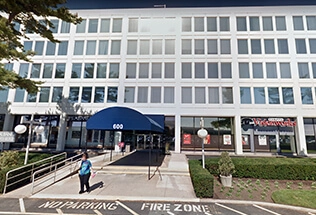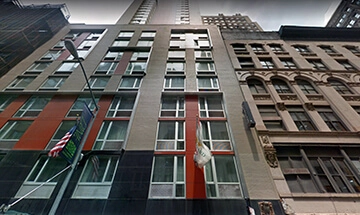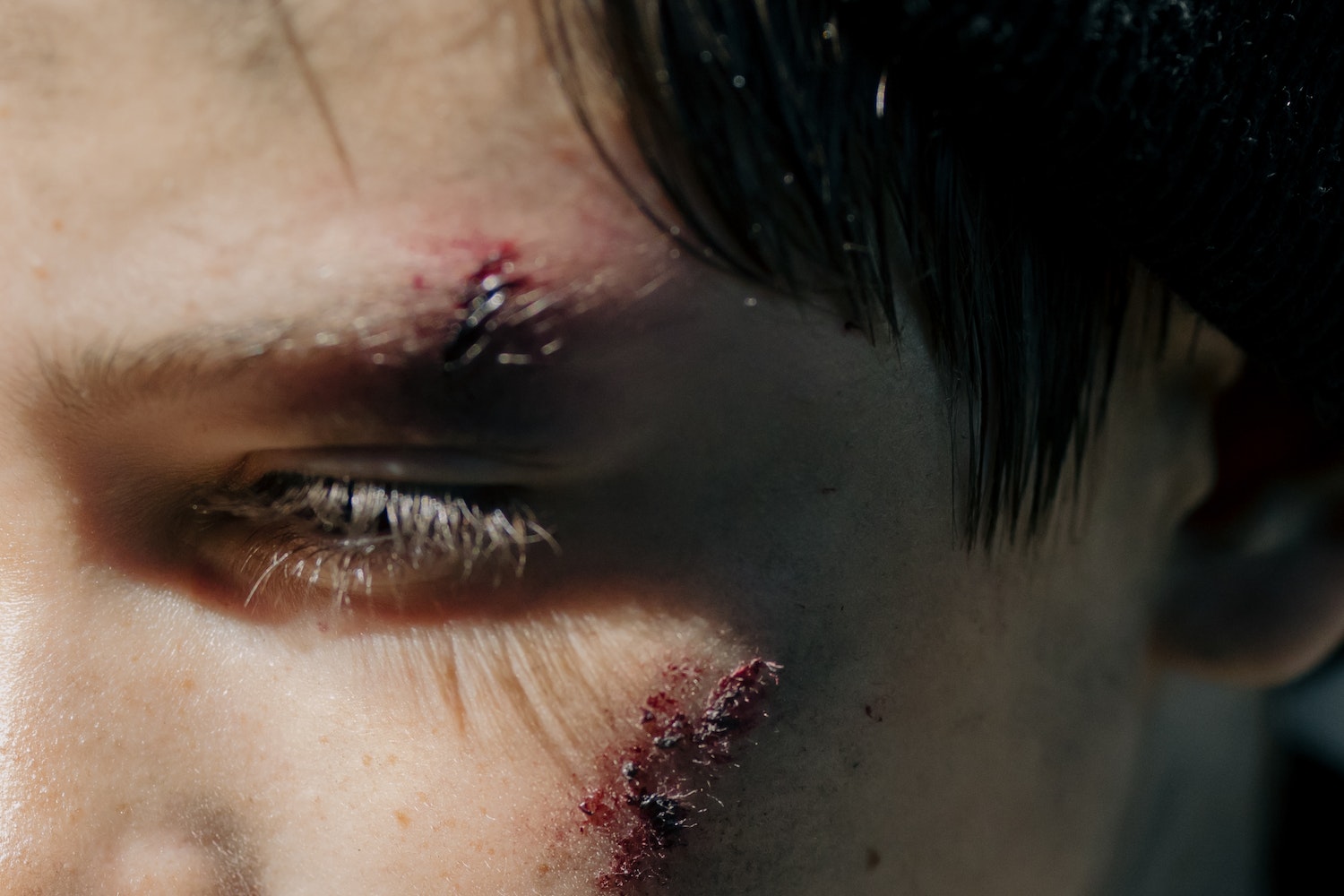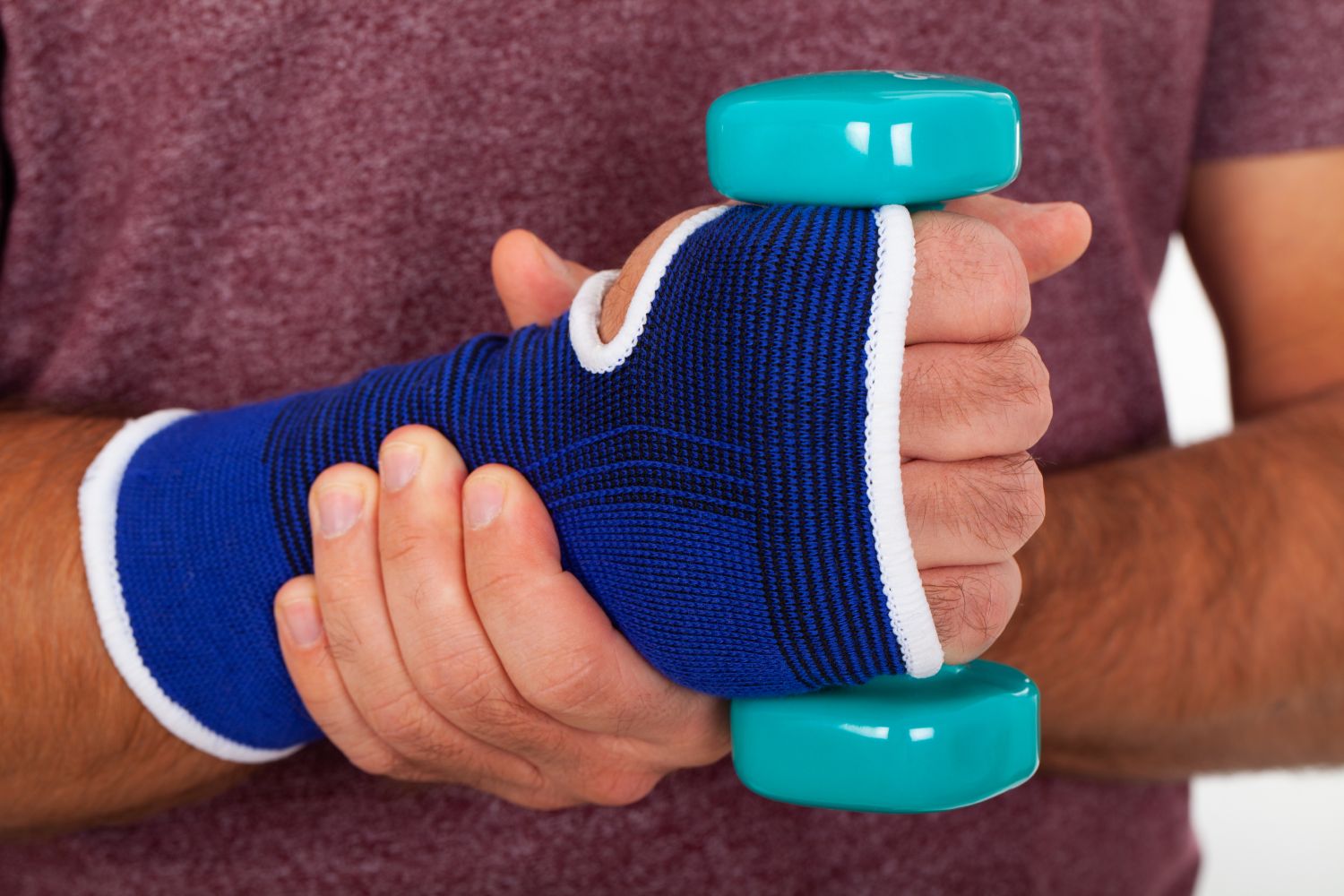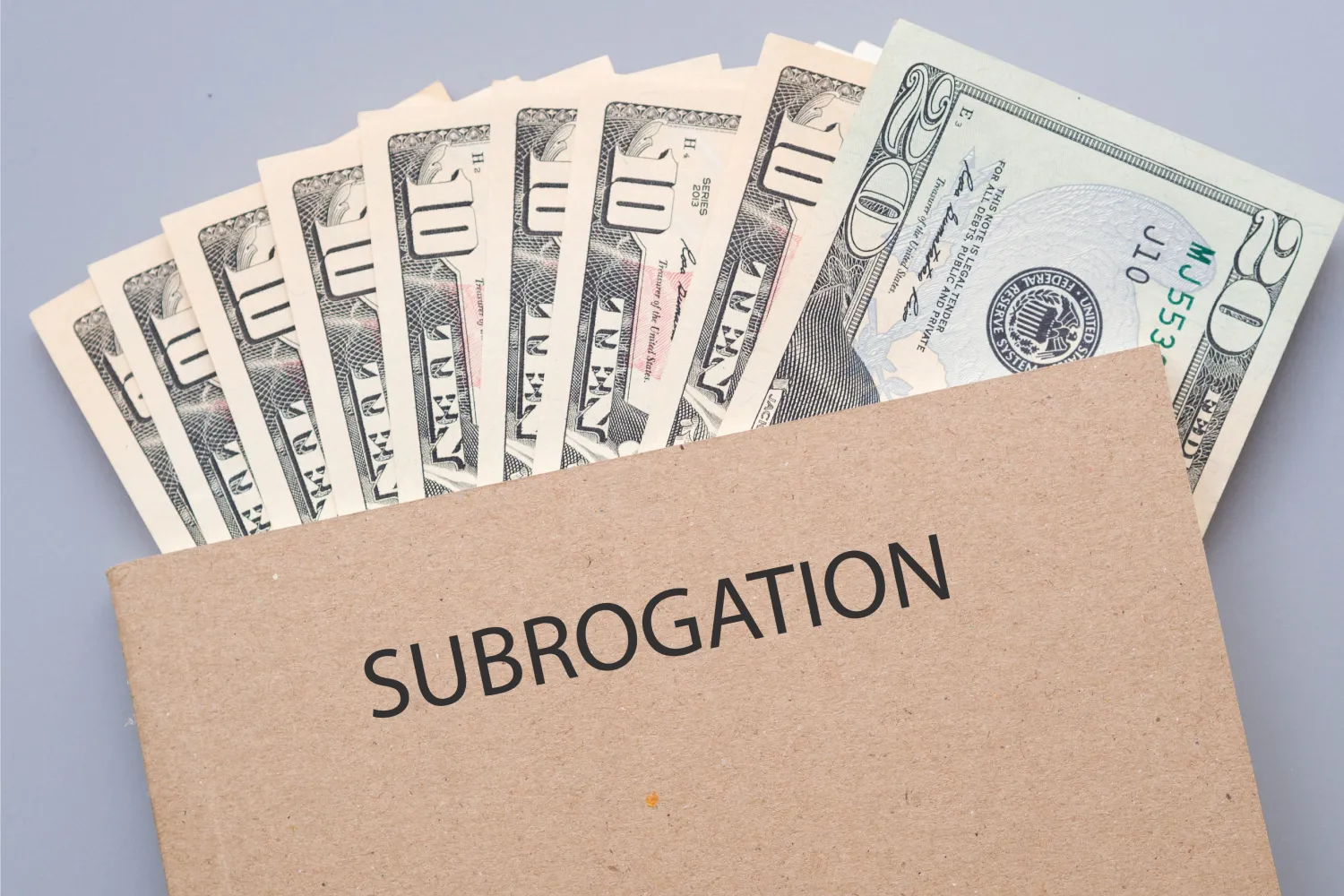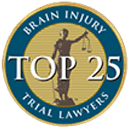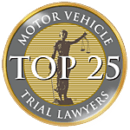All New Yorkers need to be prepared for the possibility of a car accident. Car accidents can be chaotic, confusing, and often lead to severe injuries, ranging from broken bones to lacerations to traumatic brain injuries (TBI) and more.
That’s why it’s absolutely critical you know what to do after suffering a car accident injury, as this will allow you to protect yourself and your loved ones, as well as the other parties involved in the crash.
Below, we’ll explore what you should do in the aftermath of an auto accident in detail. If, however, you would prefer to speak with a legal representative directly and at no charge, call Schwartzapfel Lawyers today at 1-516-342-2200.
Step 1: Get Yourself to Safety
The first action you should take after a car accident is to get to safety. Regardless of whether you’re injured or where the accident took place, move yourself and your car out of the roadway if possible.
You should not move your car if it is burning, if you believe it is in danger of exploding, or if it may otherwise cause harm to you or other people. If your car was only somewhat damaged and appears stable, move it to the side of the road. This prevents your car from becoming a hazard to passing drivers along the roadway.
If you are injured, sit on the side of the road and wait for emergency services to arrive. If you believe you are uninjured, or if your injuries appear minor, try to get others out of danger if you are able to do so safely.
Step 2: Contact Emergency Services
Your next step should be to call emergency services. Dial 911 and tell the operator where you are as exactly as possible. The sooner you contact emergency services, the faster they will arrive and administer medical treatment.
You should not say anything on the phone about fault, nor should you blame the other party for the accident. The operator will want only the bare minimum of information necessary to get police officers, firefighters, and medical staff on the scene quickly.
Step 3: Take Information From the Other Party
Additionally, you should collect contact information from the other motorist involved in an accident. You can do this before or after the police arrive. If, however, you do so after police arrive, they may try to prevent you from speaking to the other party, depending on the circumstances of the accident.
Even in cases that may seem minor, such as a routine fender bender, you should exchange information and get the other driver’s insurance company policy number and phone number. The insurance information is especially important here, as this is how you will recover damages if the other party is deemed at fault for the incident.
Write all of this information down and save it for later. As well, please remain amicable and calm throughout the process.
Take Photos of the Accident Scene
If you are relatively uninjured, you can and should take photos of the accident scene. Do not, however, move any evidence or enter the other person’s vehicle. Instead, take photos of:
- Tire tracks; skid marks
- Damage to your vehicle; the other person’s vehicle
- Debris in the road, which should be left as it’s found
- Any other evidence that may be relevant to your claim (e.g., the other party’s license plate number)
Note: These photos can prove invaluable to your case and should be shared with your lawyer right away. To learn more now, call Schwartzapfel Lawyers at 1-516-342-2200 for your free consultation.
Speak To Police Officers
If police officers arrive first, as is usually the case, speak with them and provide a statement if one is requested. Speak calmly and clearly, and give them the details as neutrally as possible. You should never admit fault during your statement to law enforcement, nor should you try to overtly blame another party (even if you believe they were at fault).
You should also make a point of writing down or taking a picture of each police officer’s badge and badge number after speaking with them. Ask for a copy of the police report to be emailed or mailed to you later as well. The police report can serve as valuable evidence in future litigation, should it come to that.
Some police departments may request that you retrieve your police report from a local precinct or police station. If this is the case, write down the name of the precinct so you know where to recover your police report after being examined by a medical professional.
Do Not Admit To Fault
No matter what you do, you should never admit to fault after a car accident. This holds true whether you speak to a police officer, medical professional, or any other party involved in an accident. Even if you believe you are partially or mostly at fault for a car accident, do not admit this to anyone except your attorney. Why is this so important?
If you admit fault, it can make recovering damages difficult, even if you sustain heavy medical bills and are not truly at fault for the accident in question. Keep all of your statements straight, short, and to the point.
Step 4: Get Examined by a Medical Professional
If you are injured in a car accident, it’s important to be examined by a medical professional as soon as possible (at the scene of the accident, if possible). Once medical and emergency services arrive, they’ll be able to examine you and determine:
- Whether you are injured
- The extent of your injuries (i.e., whether they are minor or serious in nature)
- What treatment is likely to be most effective in taking care of those injuries and preventing further complications
Potential injuries in auto accidents vary widely and can include but are not limited to:
- Severe contusions (i.e., deep bruising of the tissue and/or bone)
- Broken and/or fractured bones
- External lacerations and/or internal bleeding
- Traumatic brain injury (TBI) such as concussions
- Whiplash or other neck injuries
- Spinal injuries, which can result in paralysis
During and after a car accident, your body will likely flood with adrenaline. Adrenaline and other stress hormones can make determining an injury difficult byr masking existing pain. Because of this possibility, you should sit down and try to relax after a car accident while waiting for emergency services to arrive.
For more on accident-related injuries, treatments, and related topics, contact Schwartzapfel Lawyersonline or at 1-516-342-2200.
Some Injuries Can Remain Hidden
Some car accident injuries can remain hidden and may only appear after several hours or days have passed. As such, you should never assume that you aren’t injured after an accident just because you can’t feel pain or see any obvious injuries.
With an internal injury, for example, you may not feel any immediate effects, while exterior signs of the damage may also be absent. A trained medical professional can examine you thoroughly to determine whether you’re injured and, if you are, how to provide swift and capable care.
To err on the side of caution, you should always have one or more of the paramedics at the scene of an accident examine you. Even if you feel fine and don’t believe you’re seriously injured, you should listen to their recommendations regardless.
Step 5: Go To a Medical Center, If Needed
If a medical professional tells you to go to a medical center, to climb into an ambulance, or to accompany them to a hospital, listen to that professional and do what they say. Medical treatment is most effective when it is applied immediately after an injury by trained professionals.
For example, if you are injured in a car accident and don’t go to the hospital when recommended, you could accidentally cause complications to develop surrounding your initial injury. A medical center like a hospital or clinic has the staff and supplies necessary to treat car accident injuries and prevent further harms.
Ask for Medical Records and Notes of Injuries
While at the hospital or clinic, tell the nurse or doctor treating your injuries that you want copies of all medical records, along with detailed notes of your injuries. These documents can act as invaluable evidence if you pursue litigation or alternative dispute resolution following your recovery.
Examples of medical records and injury notes include:
- X-ray reports
- Doctors’ notes
- Nurses’ notes
- Medication orders and/or prescriptions
- And more
If you can’t collect these immediately, have a family member or friend collect them for you. Then, you should store all of the information you receive from clinics, hospitals, etc., in a safe location, as you may want to give these to your lawyers in the future.
For the answers to your accident-related questions, call Schwartzapfel Lawyers now at 1-516-342-2200. In one free phone call, you can save yourself miles of headache, heartache, and financial strain down the road. Don’t wait!
Document Your Symptoms
Along with establishing a medical record base, you should document all symptoms you experience during your recovery if you are able to do so. For example, if you feel intense pain, you should note it in a journal, just like you should note loss of mobility or loss of other bodily abilities.
Again, this can serve as important evidence in future litigation and/or dispute resolution processes. The more detailed notes you take, the better. Date each note or journal entry so you can refer to individual pages later on, which will make for stronger evidence in future litigation.
Step 6: Contact Your Lawyers
It may take days, or weeks, or even longer to recover at a medical center like a clinic or hospital. But once you are able to, you should contact your lawyers and tell them what happened.
You should do this before calling your insurance company because the right legal representatives can:
- Tell you the wisest course of action based on the details of the case
- Get started on litigation or alternative dispute resolution paperwork, if needed
- Tell you whether the other party is likely to be found negligent or at fault for your damages
- And much more!
When speaking with your lawyers, you should relate the evidence and information you have collected so far. This may include: police reports, accident reports, statements from other parties, photographic evidence from the scene of the accident, medical notes and reports, and more.
Send all of this information to your lawyers right away. Again, the sooner they get this information, the sooner they can start working on building a case to force the at-fault party’s insurance policy to pay for medical expenses, motor vehicle repairs, and any other expenses incurred from the vehicle accident.
Naturally, some car insurance companies will try to avoid paying what you are entitled to, even if their driver was at fault for the accident. If this is the case, your lawyers can negotiate with the insurance company on your behalf to make sure your medical bills and related expenses are covered quickly.
Please know: It’s never too soon to contact your attorneys after a car accident. For more information and legal advice, or for an individualized case evaluation at no charge, contact Schwartzapfel Lawyers today at 1-516-342-2200.
Don’t wait until it’s too late; act now! Protect your financial future with one simple phone call, or visit us online and allow Schwartzapfel Lawyers the honor and privilege of assisting you in your legal recovery efforts.
Step 7: Contact Your Insurance Company
After a car accident, you should also contact your insurance company. Speak with your lawyers first, then tell your insurance company about the accident so they can update their records. Even though this will likely result in an increase to your premium, you should never withhold information from your insurance company for too long. Why is that?
Because if you don’t tell your insurance company about a recent auto accident, you could be fined heavily or see your insurance rates increase more than they would otherwise. Accordingly, you should tell your insurance company about the accident and forward any information you have collected about the other driver (e.g., their license plate number, driver’s license number, insurance provider, etc.).
In turn, this will allow the insurance companies to contact one another and start working toward a financial resolution.
Step 8: Decide on a Legal Course of Action
At this stage, you’ve been examined by medical professionals, you’ve received medical treatment, and you’ve contacted both your attorneys and your insurance company. It’s now time to decide on a legal course of action based on the specifics of your case and negligence or fault.
Your lawyers will provide sound legal counsel and determine:
- Whether you should file a lawsuit against the at-fault driver or negligent party
- Whether you should pursue alternative dispute resolution methods, like mediation or arbitration
- Whether the at-fault party’s insurance company is likely to pay what you are entitled to
Note here that, depending on the circumstances of your case, a lawsuit may not be the best course of action. For example, if you and another party were both partially at fault for the accident, mediation or arbitration might be wiser since you can come to a compromise in terms of damages owed, saving you both time and money in the process.
When Is a Lawsuit Possible?
While New York State law doesn’t allow you to sue an at-fault driver under just any circumstance, you may however sue an at-fault driver in an auto accident if:
- Your injuries are sufficiently severe or debilitating
- Your medical bills are sufficiently high
In essence, you can’t sue another driver for car accident damages if you suffer a personal injury of an ordinary nature. Rather, you must be severely injured, which can be a tricky standard to meet. The right auto accident attorneys can reasonably estimate whether your injuries will qualify as grounds for a successful lawsuit.
In situations involving a denial of a rightful insurance claim, you can also sue an insurance company. Here and elsewhere, car accident attorneys can work to have your injury claim approved more quickly while also helping you through the claims process in general.
For a free case evaluation, dial 1-516-342-2200 and speak with a Schwartzapfel Lawyers car accident injury pro today!
Step 9: File a Lawsuit or Pursue ADR, If Needed
If needed, your lawyers can help you file a lawsuit or pursue ADR. There are three types of ADR you might wish to pursue:
- Negotiation, which is very informal.
- Mediation, which involves a neutral third party, called a mediator, to reach a resolution both parties agree to.
- Arbitration, a more formal ADR method that involves a neutral third party called an arbitrator. Again, the arbitrator works with both you and the other party to reach a compromise or mutually agreeable resolution.
If you file a lawsuit, you’ll have to do so within (3) years of the accident date. For example, if your car crash occurred on December 1, 2022, you must file a lawsuit for that accident by December 1, 2025.
Should you choose to file a lawsuit, knowledgeable legal representatives can be invaluable assistants throughout the process. They can gather more evidence for you, coach you for your court appearance, and present your evidence compellingly to a judge or jury. They can also help to maximize your compensation or monetary damages.
Contact Schwartzapfel Lawyers Today
Car accidents can be scary, dangerous, and potentially deadly. Nevertheless, if you know what to do after a car accident injury, you can protect yourself and your loved ones, quickly receive the medical attention you need, and avoid further complications.
It’s also important to contact legal representatives once you’re medically stabilized. The right car accident lawyer can help you get justice for your injuries and recover damages from the at-fault or negligent party. Contact Schwartzapfel Lawyers today for a free consultation at 1-516-342-2200.
But you shouldn’t wait, as your window to file a claim and recover damages may soon close forever. Instead, act now and have Schwartzapfel Lawyers fight for you inside and outside the courtroom, day and night, rain or shine!
Sources:
Schwartzapfel Lawyers, P.C. | Fighting For You™™
New York’s Car Accident Statute of Limitations | Nolo
New York Car Accident Laws | Nolo
Negligence | Wex | US Law | LII / Legal Information Institute



